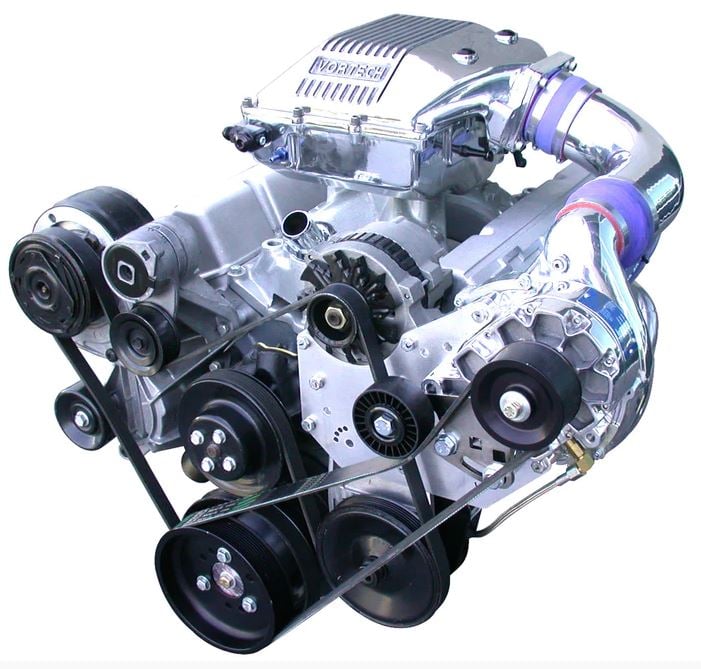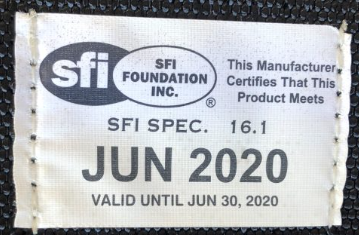Sign up now to join the JEGS email newsletter and be the first to learn about new products, special deals and e-mail only offers!

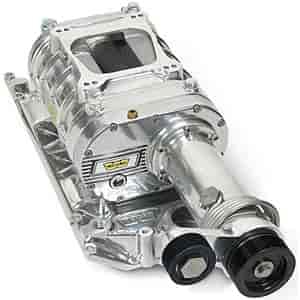
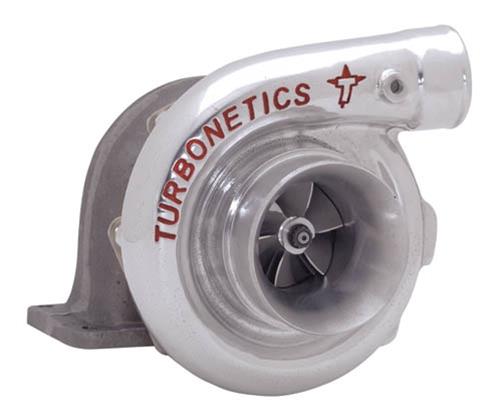
If you're looking to add more oomph to your ride, you've likely already considered a forced induction system. The most common of these include superchargers and turbochargers, which compress the air entering your engine so there's more oxygen for combustion, resulting in more power being produced.
Yet, while they share a common goal, superchargers and turbochargers work very differently.
To help you decide which is best for you and your project, this guide covers the pros and cons of a turbo vs supercharger. But first, let’s review a bit more about how each system works and how they affect performance and fuel economy.
As mentioned, superchargers and turbochargers work to boost your vehicle's power by increasing how much air is available for combustion.
Here’s how each of these systems works:
The main components of a supercharger include the compressor, and the belt and drive pulley, that connects to the engine’s crankshaft.
A supercharger is mechanically driven, directly connected to the engine through a belt linked to the crankshaft, or in some cases, powered by an electric motor. This direct connection translates to instant power delivery with no perceptible lag, giving you an immediate response as soon as you hit the gas pedal.
However, this immediate power comes with a trade-off. Superchargers draw energy from the engine to operate, which can result in decreased fuel efficiency, especially at higher revs. They consume more fuel to produce more power, making them a less efficient choice in terms of fuel economy.
Depending on the supercharger, as well as your specific vehicle, expect anywhere from 30-75% extra horsepower. As for fuel economy, much depends on your driving habits and what type of vehicle you’re driving, but expect a few MPG less on average.
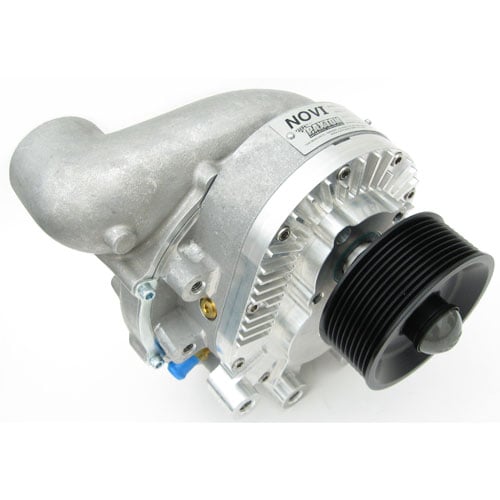
Turbochargers (also known as “turbos”) consist of two main components: a turbine and a compressor.
This forced induction system harnesses the energy in the engine's exhaust gas to spin this turbine, which in turn drives the compressor to force more air into the engine. This clever recycling of waste energy results in turbos being generally more fuel-efficient than superchargers.
However, the power delivery in a turbocharged system is not as immediate. Known as “turbo lag,” turbos tend to have a slight delay in power delivery while they "spool up" or reach full speed. This can result in a less immediate (although potentially smoother) acceleration response.
As for how much HP does a turbo add, expect 70-150 extra on average, depending on the engine. In terms of fuel economy, turbos tend to perform roughly as well as naturally aspirated engines, sometimes a tad better, sometimes a tad worse.
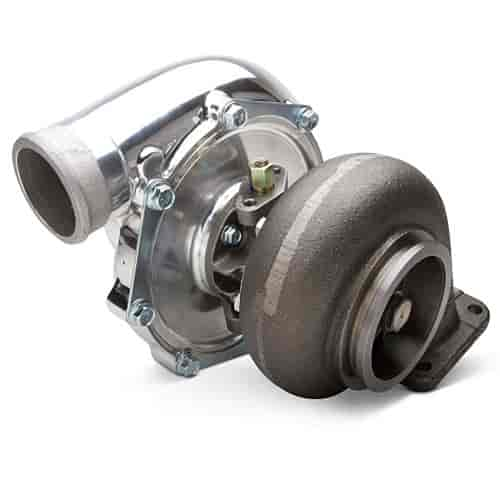
Sign up now to join the JEGS email newsletter and be the first to learn about new products, special deals and e-mail only offers!

Superchargers are the preferred choice for those seeking instant throttle response. This immediate power delivery, known as "zero-lag," is especially beneficial when navigating tight, twisty roads, or when you want to instantly accelerate.
Supercharged cars provide consistent and predictable power across the entire RPM range thanks to the mechanical drive directly linked to the engine's crankshaft.
Another advantage of superchargers is their simplicity. Installation is typically more straightforward compared to turbos and can be a cost-effective way to gain significant horsepower.
Lastly, superchargers are exceptional at boosting power at low RPMs, offering a noticeable performance improvement during normal driving conditions.
The biggest drawback of superchargers is their impact on fuel efficiency. They draw power from the engine to operate, leading to increased fuel consumption, particularly at high RPMs.
This parasitic loss can affect the overall efficiency of the vehicle, making superchargers a less economical choice for daily commuters.
Additionally, superchargers can put more stress on the engine due to the increased temperatures and pressures, potentially leading to premature wear and reduced engine lifespan.
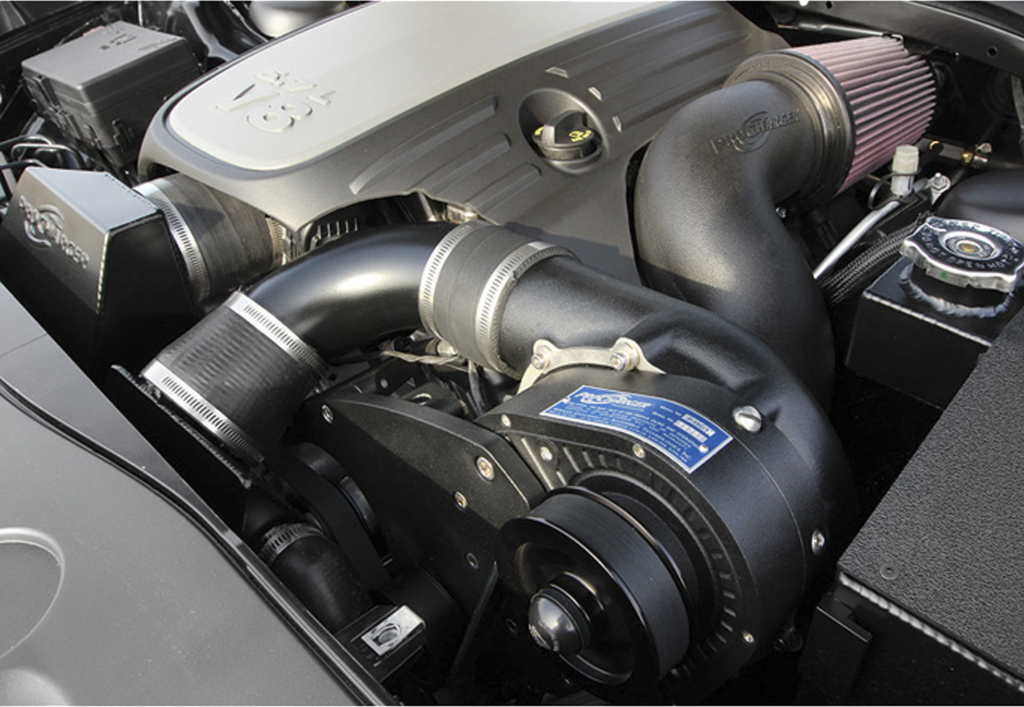
Turbochargers shine in terms of overall engine efficiency. By harnessing the energy of exhaust gas, they deliver increased power without the parasitic loss associated with superchargers. This results in better fuel economy (vs superchargers) under most driving conditions.
Turbochargers are also noticeably quieter than superchargers, producing less noise due to their exhaust-driven operation.
Further, turbochargers can provide significantly higher power boosts, often outperforming superchargers in terms of maximum horsepower gained.
"Turbo lag" is the most noticeable downside of turbochargers. This slight delay in power delivery can be off-putting to some drivers, particularly those used to the rapid response of a supercharged or naturally aspirated engine.
Turbochargers also tend to be more complex and expensive to install and maintain, requiring additional components such as an intercooler to manage heat.
Lastly, while turbochargers are generally reliable, a failure can be costly to repair, and in some cases, could lead to significant engine damage.
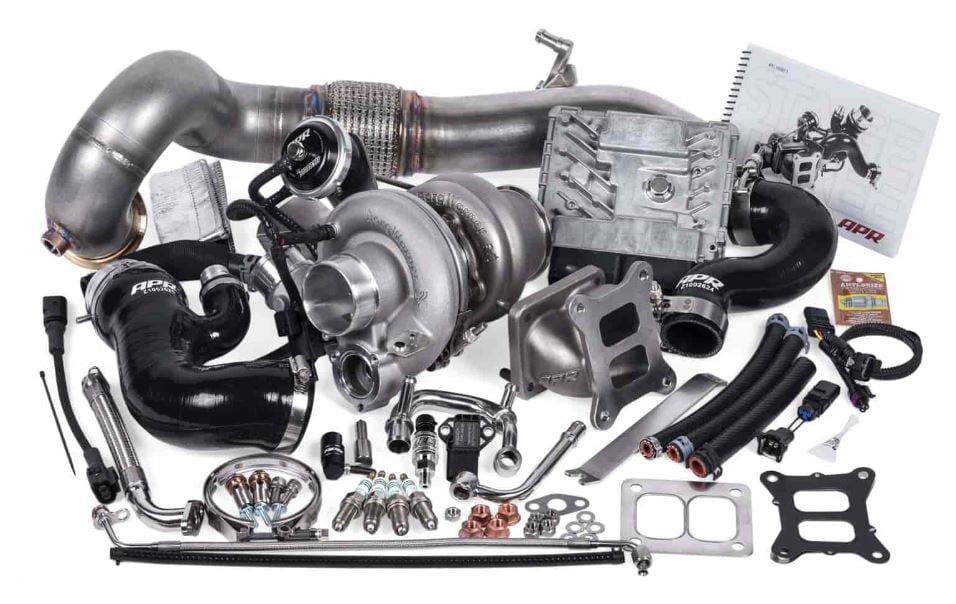
In today's market, turbochargers are gaining popularity due to their balance of power and efficiency. Automakers are increasingly favoring turbos to meet stringent fuel economy and emissions standards while delivering the performance drivers expect.
That said, the choice between a turbo vs supercharger is a personal one, depending on your individual needs and preferences. No matter your choice, JEGS has a wide array of both superchargers and turbochargers to meet your performance goals. Contact our team today to learn more.
